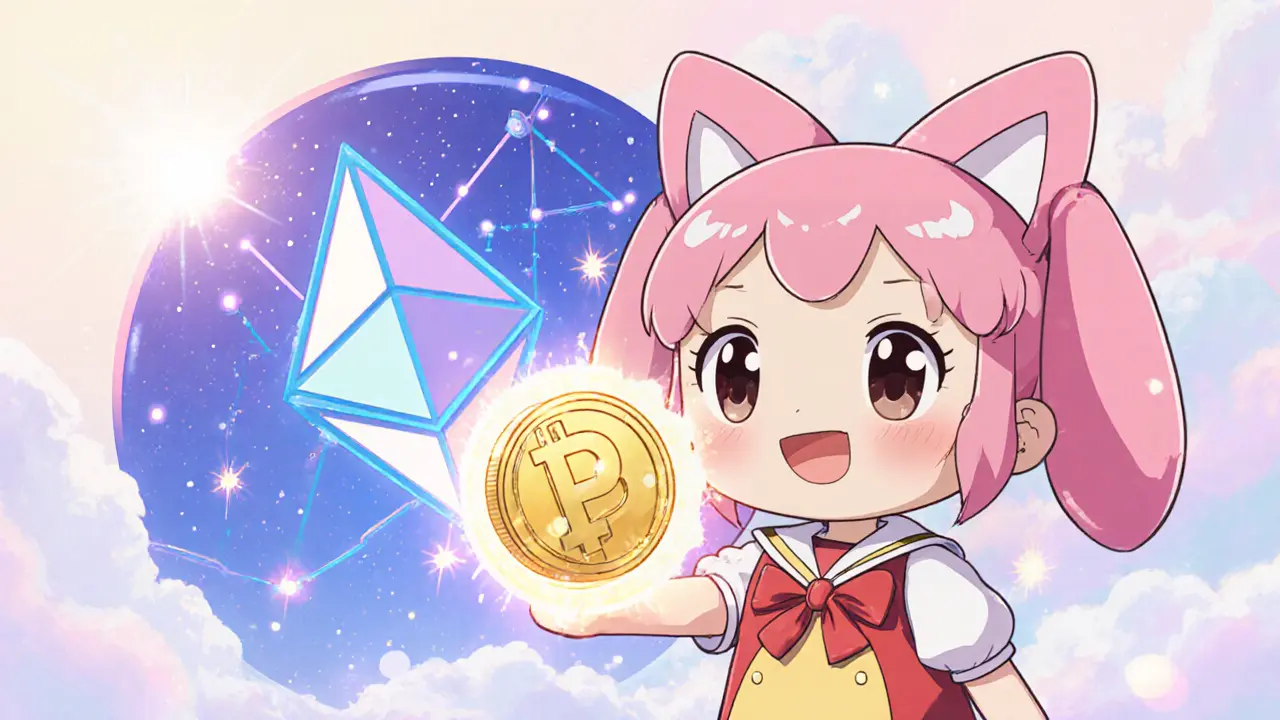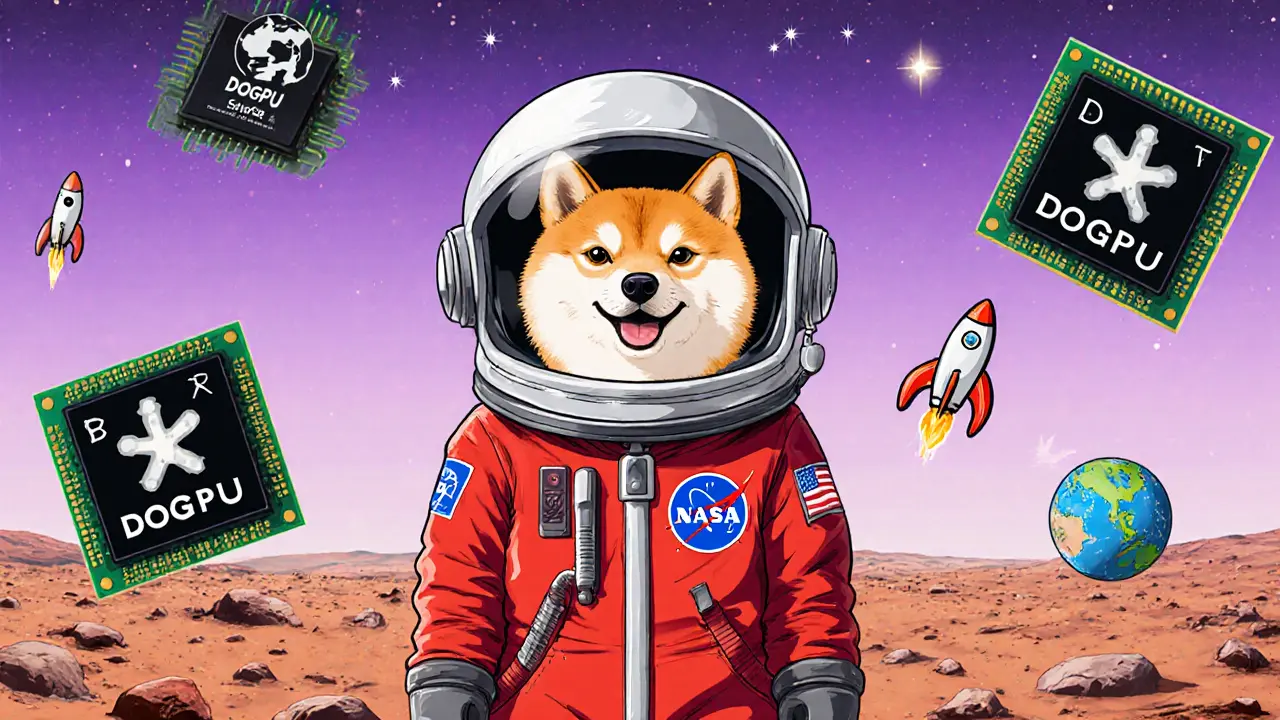Discover what PUCCA (PUCCA) crypto coin is, its tech specs, how to buy it, and why experts label it a high‑risk speculative token.
Meme Coin: What It Is and Why It Matters
When you hear the term Meme Coin, a cryptocurrency that gains most of its value from internet memes, social hype, and community enthusiasm rather than intrinsic utility. Also known as memecoin, it thrives on viral trends and meme culture. In practice, a meme coin can skyrocket overnight when a tweet goes viral or a popular influencer mentions it, but it can also crash just as fast when the buzz fades. This volatility makes meme coins a fascinating case study for anyone watching market psychology, because they prove that perception often outweighs fundamentals.
How Meme Coins Connect to the Wider Crypto Ecosystem
At their core, meme coins are a subset of Cryptocurrency, digital assets built on blockchain technology that enable peer‑to‑peer transactions without a central authority. While most cryptocurrencies aim to solve technical problems or provide decentralized finance services, meme coins pivot toward community‑driven branding and internet culture. This shift influences their tokenomics—they often feature massive supplies, low entry prices, and mechanisms that reward holders with more tokens simply for staying in the ecosystem. The result is a feedback loop where more holders mean higher social proof, which in turn attracts new participants.
One powerful catalyst for meme‑coin growth is the Airdrop, a distribution method where free tokens are sent to eligible wallets to spark interest and expand the user base. By handing out a few dollars’ worth of tokens, projects can ignite a wave of social media chatter, get users to create wallets, and generate on‑chain activity that looks healthy to potential investors. A well‑executed airdrop often comes with simple tasks—like joining a Telegram group or retweeting a post—making the barrier to entry almost zero. This strategy aligns perfectly with the meme‑coin playbook: rapid community expansion, buzz generation, and a sudden surge in liquidity.
Liquidity and trading access are crucial, and that’s where Decentralized Exchange, a platform that allows crypto assets to be swapped directly between users without a central intermediary enters the picture. Most meme coins launch on decentralized exchanges first because listing fees on centralized platforms can be prohibitive for tiny projects. A DEX provides instant market exposure, lets anyone add liquidity, and preserves the open‑source ethos that many meme‑coin communities champion. The ease of swapping on a DEX also fuels the viral loop: as more people trade, price charts become more eye‑catching, prompting further social sharing.
Putting these pieces together, you can see a clear semantic chain: Meme Coin ⟹ is a type of Cryptocurrency ⟹ often employs Airdrop campaigns ⟹ to boost community size ⟹ which then trades on Decentralized Exchanges ⟹ creating visible price action that fuels meme momentum. Understanding this chain helps you spot the signals that separate a fleeting joke from a token with staying power. Below you’ll find deep dives, technical guides, and real‑world examples that flesh out each step of the process—from how blockchain immutability protects token contracts to how airdrop eligibility checks keep scams at bay. Dive in to see how the concepts tie together and to get actionable tips for navigating the meme‑coin landscape.
Discover what DogeGPU (DOGPU) is, its fast 15‑second block chain, GPU mining mechanics, market data and risks. A clear guide for crypto fans.


